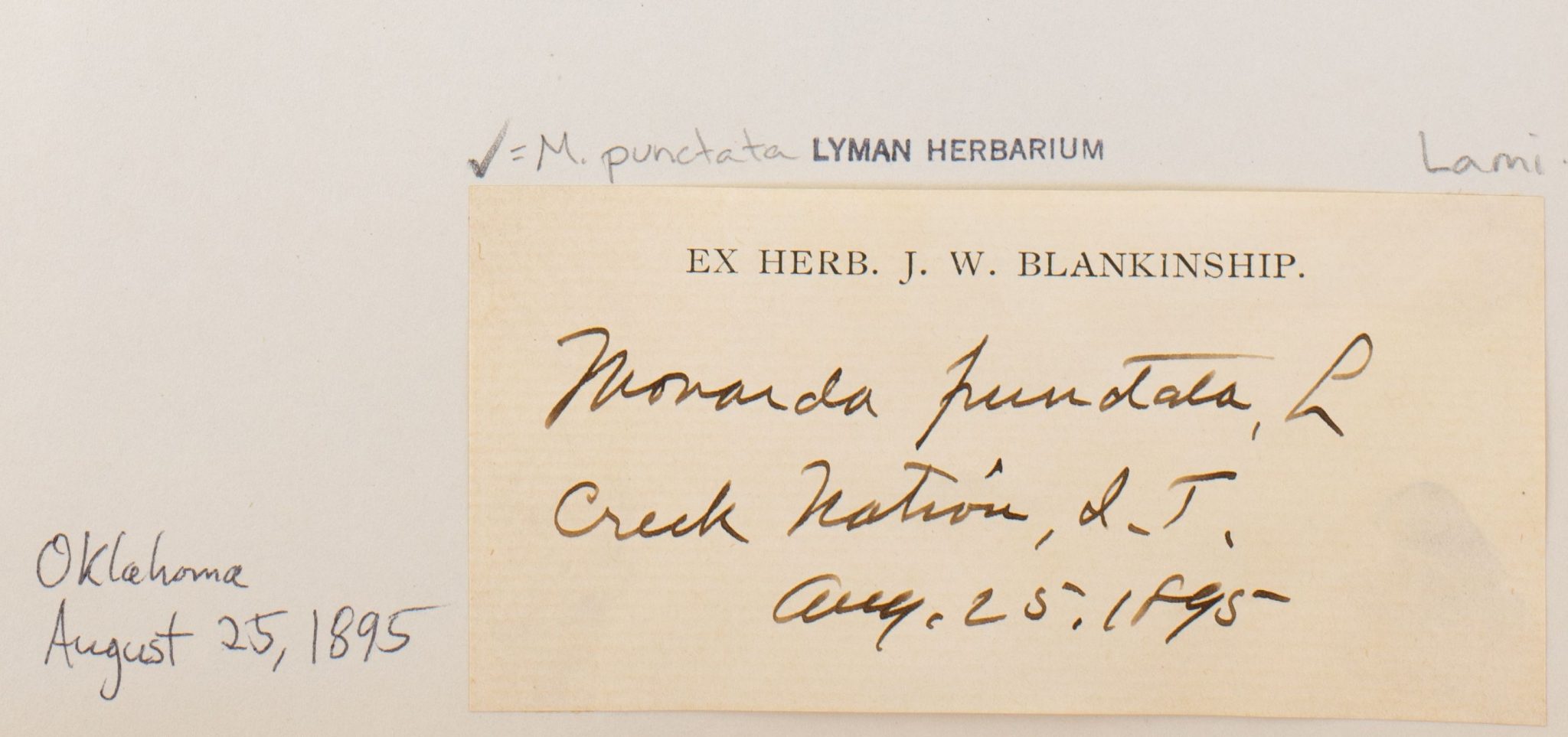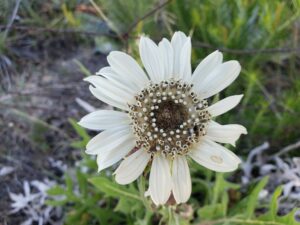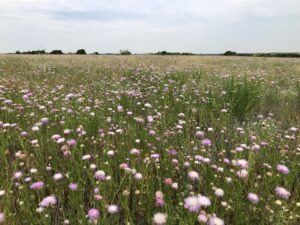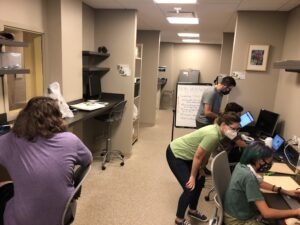In honor of National Old Stuff Day (March 2nd), the BRIT Herbarium wants to highlight one of our more interesting specimens from Oklahoma. Although not as old as the oldest illustrated flora from the early 1530s, some of BRIT’s oldest collections speak to the history of the Southern Great Plains.
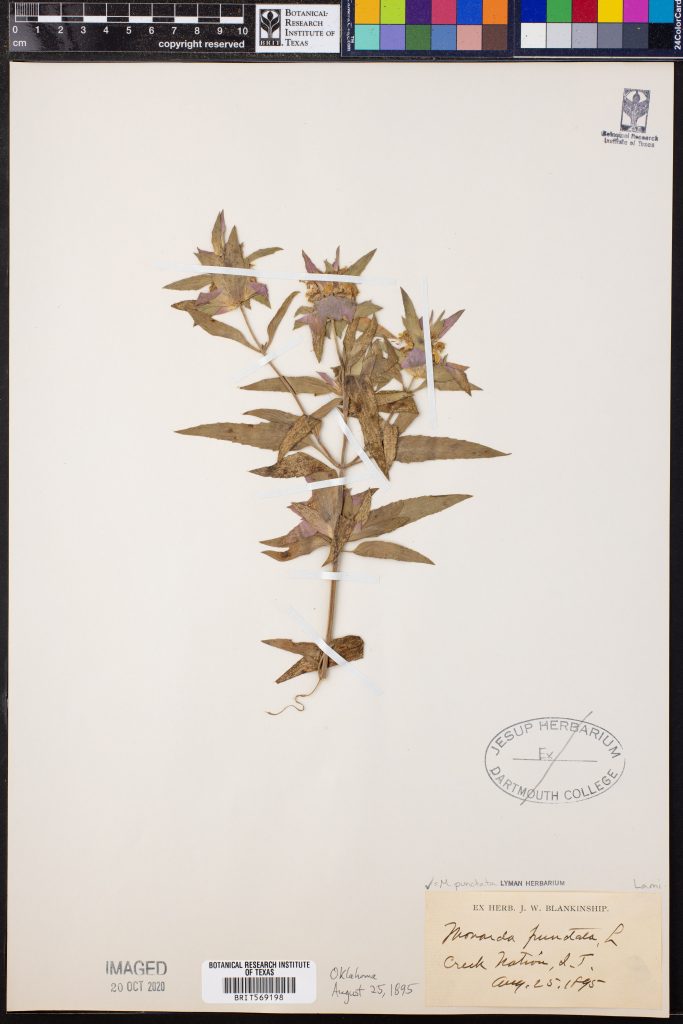
Our specimen today is a collection of Monarda punctata, also known as Spotted Beebalm or Dotted Horsemint, a common sweet-scented perennial in North America. But our focus for today is the locality data for this specimen: Creek Nation, I.T. (Indian Territory). Many readers are likely familiar with the name for this First Peoples tribe, but “Indian Territory” may be unfamiliar to many not familiar with Oklahoma’s history.
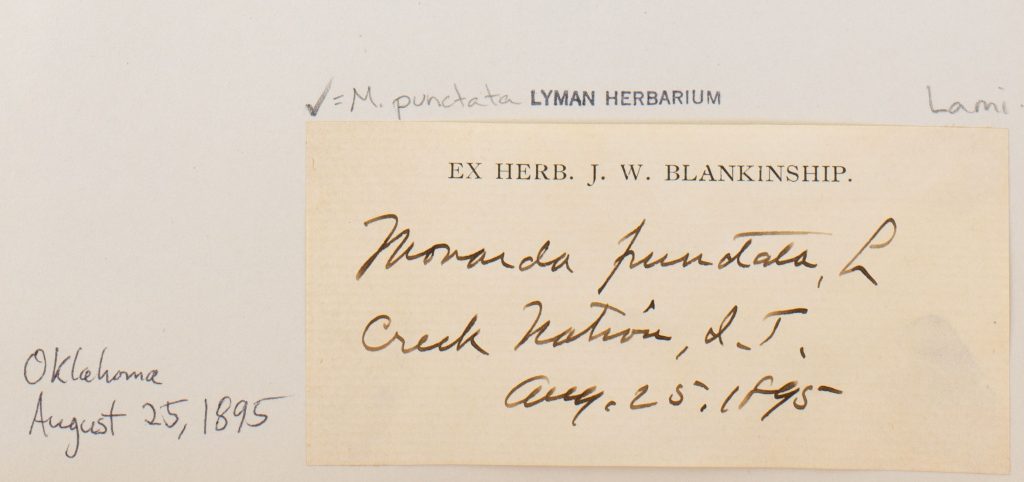
At the date of collection (25-AUG-1895), Oklahoma was split between the Oklahoma Territory to the west and around what is now Oklahoma City; and Indian Territory to the east, largely consisting of the lands given to the Cherokee, Chickasaw, Choctaw, Muscogee (Creek), and Seminole Nations. These nations, known as the Five Tribes, were largely self sufficient and self-governing until federal legislation near the turn of the century dissolved their political cohesion in the lead up to Oklahoma’s reorganization and statehood in 1907.
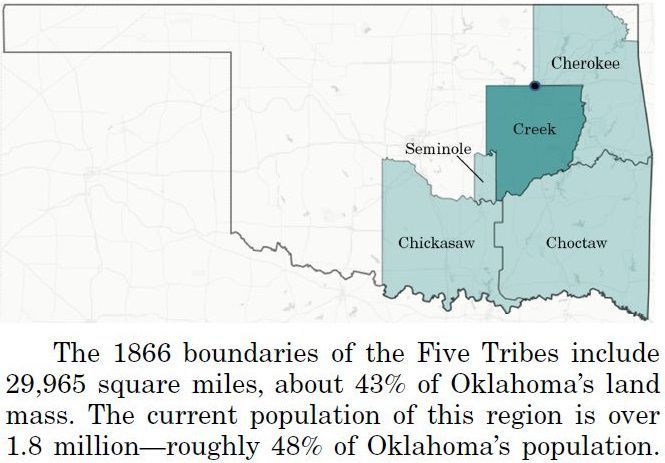
Notably in 1905, a proposal was sent to the US Government to incorporate Indian Territory as a full state. As the Curtis Act of 1868 was set to formally stop recognizing all tribal governments by early 1906, and fearing incorporation into a homologous political state, delegates from all 5 Nations convened in Muskogee, Creek Nation, during the fall of 1905 to draft a constitution for consideration by the US House. The result of this meeting — now called the Sequoyah Convention — was a statehood constitution in line with the US Constitution in regards to separation of powers and a bill of rights, but with noteworthy provision banning the manufacture of distilled spirits. The new state would be named “Sequoyah” in honor of the creator of the Cherokee language and, by way of omitting the outlying Oklahoma Territory, would result in turning formal tribal sovereignty into a tribal democratic majority through statehood.

The proposal failed to be taken up by the 59th Congress, and in 1907, Indian Territory was combined with Oklahoma Territory into the new state of Oklahoma.
We owe an incalculable debt to the First Nations tribes that lived and thrived in the grasslands and savannas of the Southern Great Plains. Their management practices and respect for native species is mirrored in the goals and vision for our organization, and necessitates the acknowledgment of their presence and preservation of their history. We currently know of five other collections from this time period by the same botanist, Joseph William Blankinship. So look forward to a future blog post on his history and early ethnobotany in America!
Sources:
https://www.okhistory.org/publications/enc/entry.php?entry=SE021
https://blogs.loc.gov/law/2012/05/the-state-of-what-u-s-states-that-never-made-the-cut/

